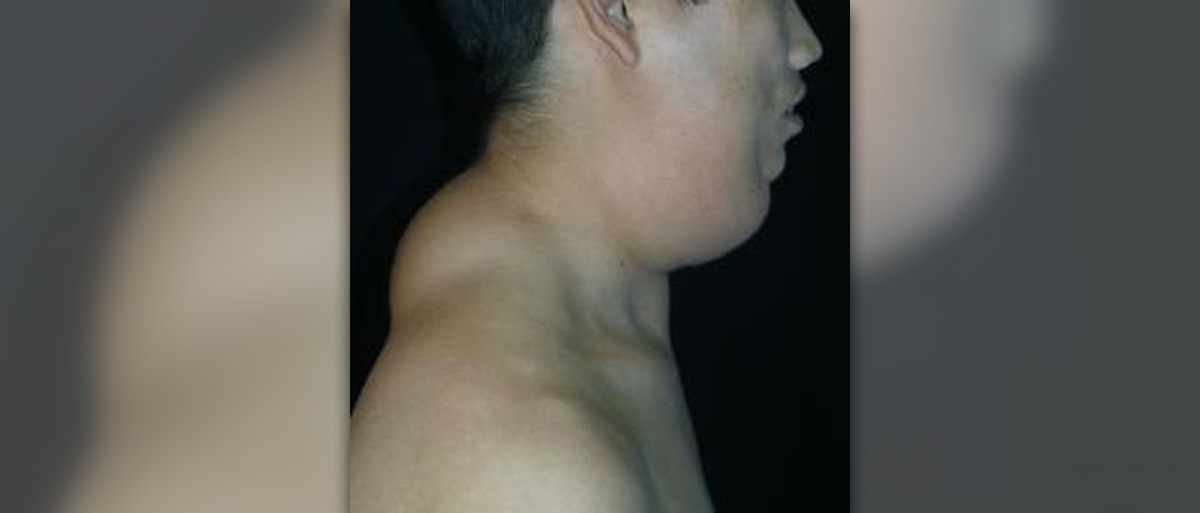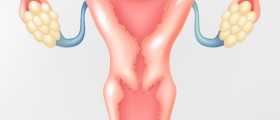
Ovarian cyst is a small sac filled with fluid and attached to woman’s ovaries. Some women may have cysts on both ovaries, but in many cases only the right one or the left one are affected. Most of the ovarian cysts are completely benign and form spontaneously, without any serious underlying medical conditions. However, cysts can also cause various unpleasant problems such as bleeding, pain, rupturing, etc. In most severe cases, woman will need to have a surgery in order to get a relief. Surgery is typically performed on cysts larger than 5 centimeters in diameter.
Causes of benign ovarian cysts
Woman’s ovaries, positioned on each side of the uterus, play an important role in reproductive life of a woman. One of the ovaries produces one egg each month, starting from the woman’s first menstrual cycle. The newly formed egg is contained in a sac known as a follicle. As the egg matures, the follicle ruptures and releases the egg which is ready for fertilization. However, sometimes follicle fails to rupture and the fluid may remain in the sac, forming a cyst in the ovary. This process may happen any time in women’s life. Actually, these benign cysts occur normally and they are not considered a disease. They are also known under the name “functional cysts”, which indicates their physiologic nature.
Signs and symptoms of benign ovarian cysts
In vast majority of cases, there will be no signs or symptoms of benign ovarian cysts. Most of the time, these cysts are detected during a physical exam or seen on ultrasound. However, sometimes the symptoms may manifest as dull pain in the lower abdominal or pelvic region. The pain is usually sudden and sharp and tends to come and go. Women may also experience menstrual irregularities or long-lasting pelvic pain during menstrual period. The pain often radiates to other parts of the body, especially in the lower back. The feeling of pressure and fullness in the lower abdomen is also very common. Sometimes, women may complain about vaginal pain or menstrual spotting, and they can find it very difficult to become pregnant. Some of the symptoms are associated with hormonal changes and include weight gain, nausea and vomiting, increased hair growth, facial hair growth, etc.
Treatment
About 95% of all ovarian cysts are benign and they do not require any kind of treatment. Women are advised to limit strenuous activity, to take pain relievers or to apply heating pads to the lower abdomen, to release tensions and relieve cramping. Sometimes, doctors may advise hormonal contraception as a form of treatment. Surgery is used only in most severe cases.

















Your thoughts on this
Loading...